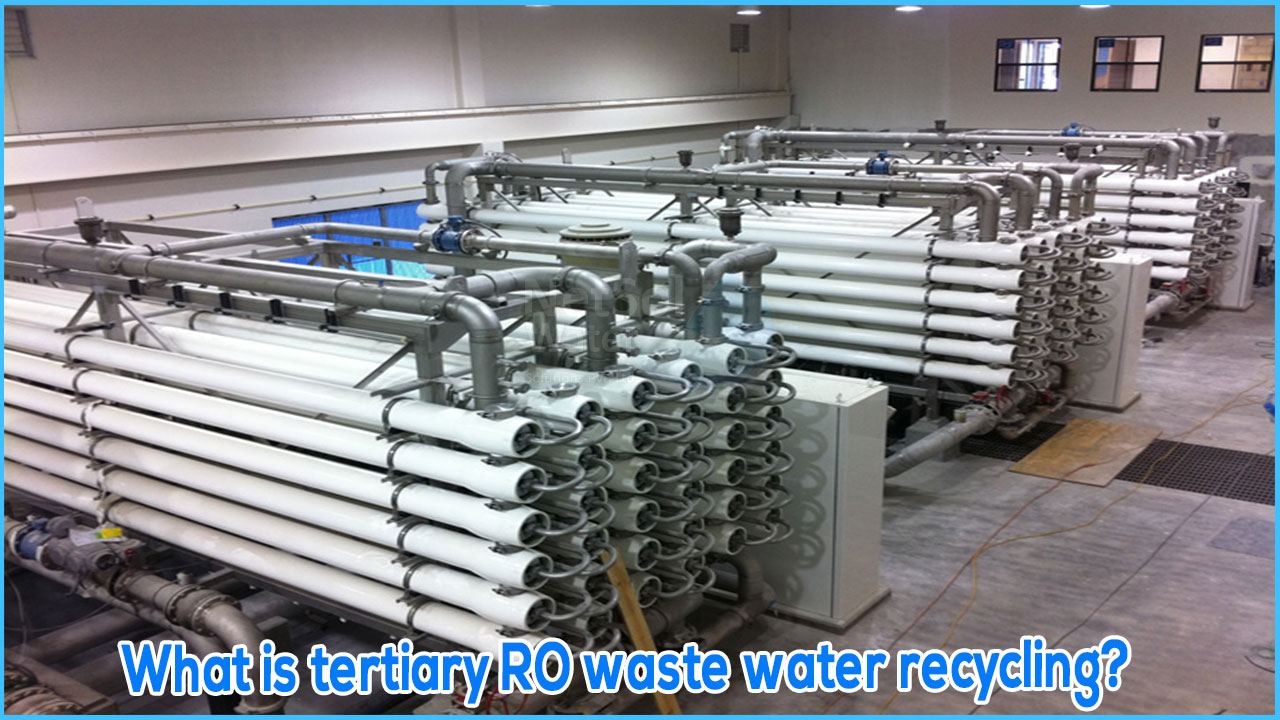Advanced or tertiary treatment refers to treatment stages beyond secondary. Secondary biological treatment can be further using tertiary treatment methods to further stabilize oxygen-demanding compounds in the wastewater or to remove nitrogen and phosphorus. Physical-chemical separation techniques like as carbon adsorption, flocculation/precipitation, membranes for enhanced filtering, De-chlorination, and reverse osmosis may also be used in tertiary treatment.
After secondary treatment, tertiary treatment is the next step in the wastewater treatment process. This stage gets rid of any impurities that secondary treatment couldn't get rid of. Through the employment of stronger and more modern treatment technologies, wastewater effluent becomes even cleaner during this treatment process.
Wastewater Treatment Technologies at the tertiary level:
- 1. Clari-flocculators, Activated Carbon, Adsorption, Physical/Chemical Treatment, Pressure Sand Filter
- 2. Disinfection and de-chlorination systems
- 3. RO (Reverse Osmosis) Systems-used to purify water
- 4. Ultra-Filtration
Water recycling by tertiary reverse osmosis (RO)!
It has proven to be an effective way to supplement water supply and combat water scarcity around the world. For both municipalities and industrial enterprises, RO desalination in tertiary wastewater processes has proven to be a cost-effective technique to reuse water.
With proper pre-treatment in the primary and secondary phases, tertiary RO wastewater recycling has been found to dramatically reduce total dissolved solids, trace heavy metals, bacteria, viruses, and other dissolved pollutants.
Pre-treatment methods such as electrocoagulation, bio-organic flocculants, and innovative low fouling membrane chemistries, correctly selected chemicals, and disinfection have been shown to be crucial in preventing membrane scaling and fouling in current best practices. These procedures allow for the adjustment of membrane recovery and flux rates, resulting in a cost-effective process that produces high-quality effluent water.
What is the process of tertiary RO wastewater recycling?
If you're familiar with the osmosis process, you'll know that when a system is split by a water permeable membrane, water will naturally flow from the side with the lowest concentration of solids to the side with the highest concentration of solids.
Another type of osmosis is pressure osmosis. Water will naturally flow from a high-pressure area to a low-pressure area when separated by a membrane, regardless of the concentration on either side. So, if we pressurize our secondary treated wastewater on one side of a membrane, the water will flow through the membrane to the other side, leaving behind all the trace impurities we don't want.
Depending on the intended usage, tertiary treatment refers to an additional stage of treatment of a biologically treated effluent. This phase can be tailored to remove nutrients, pathogenic organisms, non-biodegradable chemicals, heavy metals, leftover inorganic dissolved solids and suspended solids, or even CEC (if not removed in the secondary treatment step, i.e. micro pollutants). In this method, the finished effluent fulfils a higher quality than that attained just by secondary treatment, potentially allowing effluent reuse in some cases.
Depending on the application, a variety of tertiary treatment processes can be used, including membrane separation (microfiltration, ultrafiltration, and reverse osmosis), adsorption (activated carbon), ion exchange, disinfection (chlorination), advanced oxidative processes (AOPs), and maturation (polishing).
Netsol Water can provide tertiary RO solutions to various industries depending on their use and application.



